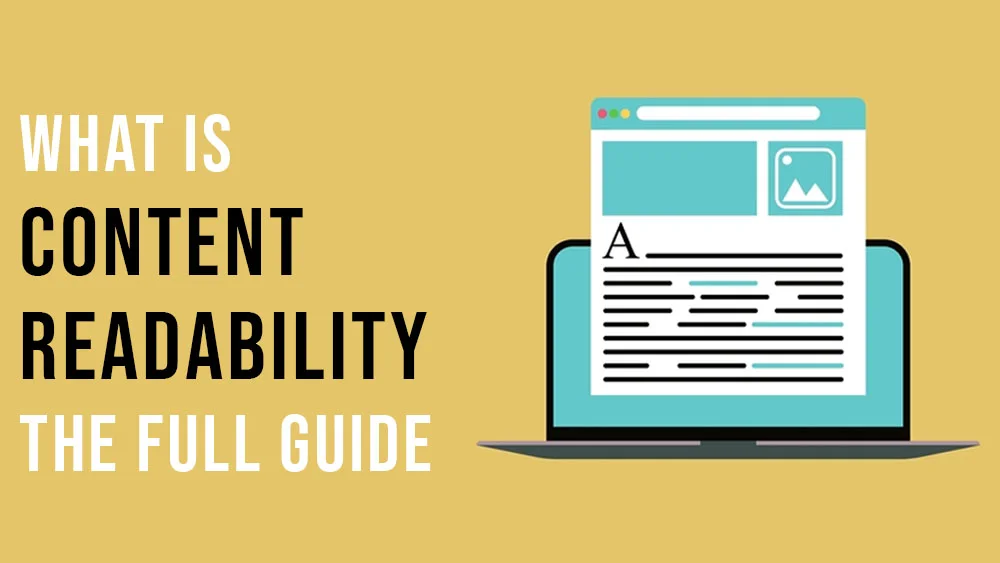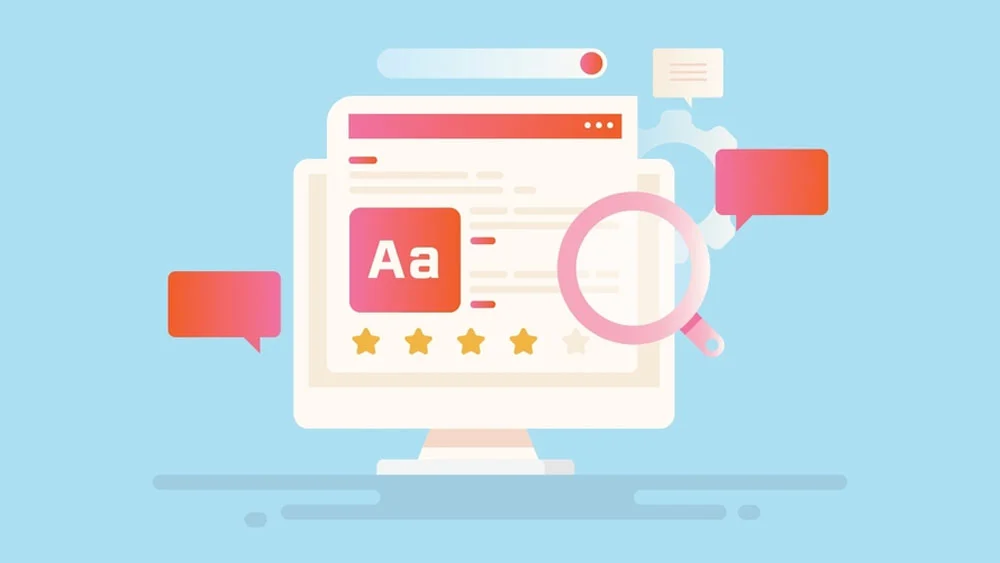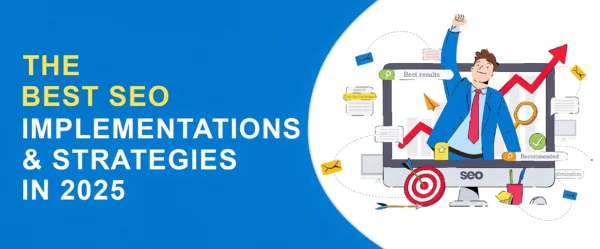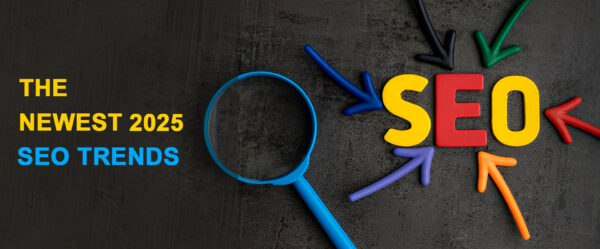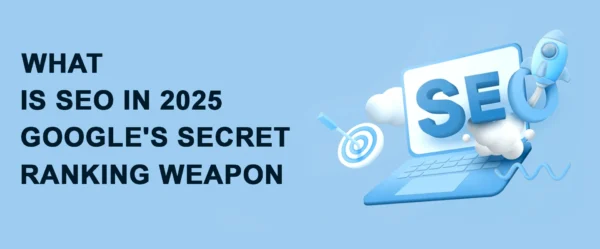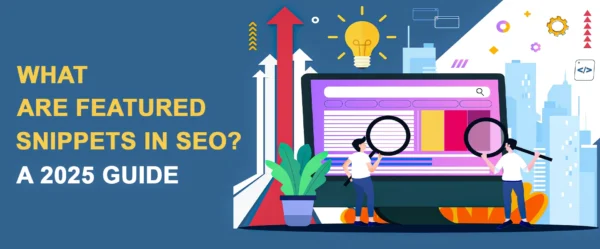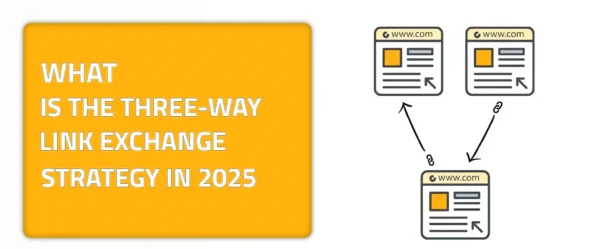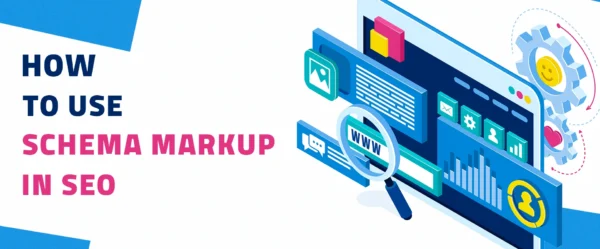Understanding the power of your content is something that is essential for your blog, website, social media page, or even your overall business. Content readability is something that does more than a little buzz in today’s digital world. This is one fundamental aspect of how effectively you can communicate with your audience through your content. Let me put that little concept for you in simple words. Content readability refers to how easily your readers can understand and digest your written content. With all the technological advancements and the lack of omega-3 in our bodies in today’s technological era, the lack of attention and focus has increased. Yes, that was a joke to entice your senses and remind you to take your vitamins. Making sure that your content is easy to read and understand is something that needs your full attention.
This is a big yellow caution mark here, folks. Not only does it keep your audience engaged, but it also influences key SEO metrics like bounce rate, dwell time, and ultimately, your search engine rankings. My guide for today will help you delve into the main principles of content readability. It offers you insights on why such an aspect matters and how you can notice it enough to take your online presence to the next level of success. Understanding and improving readability can significantly impact your content’s success. Let’s explore what it takes to make your content not just readable but one that leaves its own mark and becomes memorable for your target audience.
What is Content Readability? A Quick Overview
As I said above, content readability refers to how easy your content is for your readers to comprehend and engage with. I know that writing content is mainly about your choice of words. However, this is a process that needs more than just that. It needs knowledge of word structure and the process by which your sentences are flowing. Moreover, it needs you to be knowledgeable about text formats. Essentially, readability is about ensuring that your message is accessible to your target audience without causing unnecessary strain or confusion. Key components of readability include the following:
- Sentence Length
- Word Choice
- Paragraph Structure
- The use of headings and subheadings
Simple, direct language often works best, especially in digital content. Where readers tend to just scroll down it chillingly. Visual elements like bullet points, images, and white space also play a crucial role in making content easier to digest. You know, I personally love it when I see bullet points. I feel like the world is a better place with a little summarization and emphasis on what’s important. When these elements are well-balanced, your content becomes more engaging and effective, helping you communicate your message clearly and efficiently.
Why Content Readability Matters for SEO: The Reason For Existence
Content readability is crucial for SEO because it directly impacts user experience, which search engines prioritize when ranking websites. When users find that your content is easy to read, they’ll engage more, which means a longer stay on your page. This is something that will benefit your bounce rate and reduce it if you have any. Which is again beneficial in terms of SEO as it helps you rank higher. That is because all of your factors are favoring you, which attracts search engine attention and enables them to assist you with a higher level of ranking.
Google’s algorithms have evolved to favor content that provides a good user experience, and readability is a key component of this. If your content is difficult to read or understand, visitors are likely to leave quickly. This is something that will definitely hurt your SEO performance. That is why I am raising flags for this topic. It needs more attention if you aim to rank and become successful when it comes to what you provide for your users or visitors as content.
Factors That Influence Content Readability
What makes content easy to read? Several key factors will actually help us answer that. Sentence length and structure are crucial. What does that mean? It means that long and complex sentences can overwhelm readers, while shorter, varied sentences keep them engaged. If you are familiar with basic SEO standards, you will know that readability depends on the following:
- Focus keyphrase distribution
- The distribution of headings and subheadings
- Sentence length
- Usage of transition words
- Avoiding consecutive sentences
- Avoiding the excessive use of a passive voice
Ask yourself: Is your word choice clear and concise? Using simple vocabulary that your audience understands is important. I know that fancy words may help you look more professional but that is not the goal here. The whole point of providing people with content is to allow them to indulge their curiosity, solve a problem, or simply gain knowledge.
Jargon and overly technical language can alienate readers, causing them to lose interest. What about paragraph length and formatting? Large blocks of text can be intimidating as well. Your audience could look at it and think, I don’t have to read all of this in order to know. So it’s best to keep paragraphs short and to the point. Breaking up content with headings and subheadings also aids readability by providing a clear structure and guiding readers through the material.
Tools for Measuring and Improving Content Readability
How can you ensure your content is readable? One effective way is by using readability score tools like Flesch-Kincaid and Hemingway. These tools analyze your text and provide a readability score, indicating how easy (or difficult) it is for your audience to understand your content. If you’re using WordPress, you can use it’s Yoast SEO plugin. This is a plugin that will help analyze your text for you and tell you what needs to be improved before you’re good to go with your publishing process.
But what’s next once you have your readability score? Analyzing the results allows you to identify areas for improvement, such as simplifying sentences, using more accessible vocabulary, or breaking up dense paragraphs. By making these adjustments, you can fine-tune your content to better meet the needs of your audience, ensuring it’s both readable and engaging. So, why not take a few minutes to test your content? The results might surprise you and lead to more effective communication.
Common Readability Mistakes to Avoid
Crafting content that resonates with your audience requires avoiding common readability pitfalls. One major mistake is overcomplicating language. Are you using jargon or complex sentences that might confuse your readers? Simplifying your language ensures your message is clear and accessible. Another mistake that you could fall into is ignoring your audience’s needs. Are you writing for the right audience? Do you have a clear understanding of your users’ search intent? Tailoring your content to match the reading level and expectations of your audience is key.
How to Test and Optimize Your Content for Readability
Ensuring your content is readable is crucial, but how do you test and optimize it? Ask yourself: Is my content scoring well? If not, focus on simplifying your language, shortening sentences, and breaking up text with headings and bullet points.
For continuous improvements, keep these steps in mind:
- Review feedback: Are readers engaging with your content as expected?
- Edit regularly: Are you updating your content to maintain relevance and readability?
- Test new formats: Can different layouts or visual elements enhance readability?
Wrapping It Up!
In today’s digital landscape, content readability can make or break your connection with your audience. By focusing on clear language, audience needs, and effective use of visual elements, you can create content that your audience will truly find resonates with their needs. Ready to take your content strategy to the next level? Explore how linkexchange.ai can help you amplify your reach and boost your SEO through strategic link-building.


